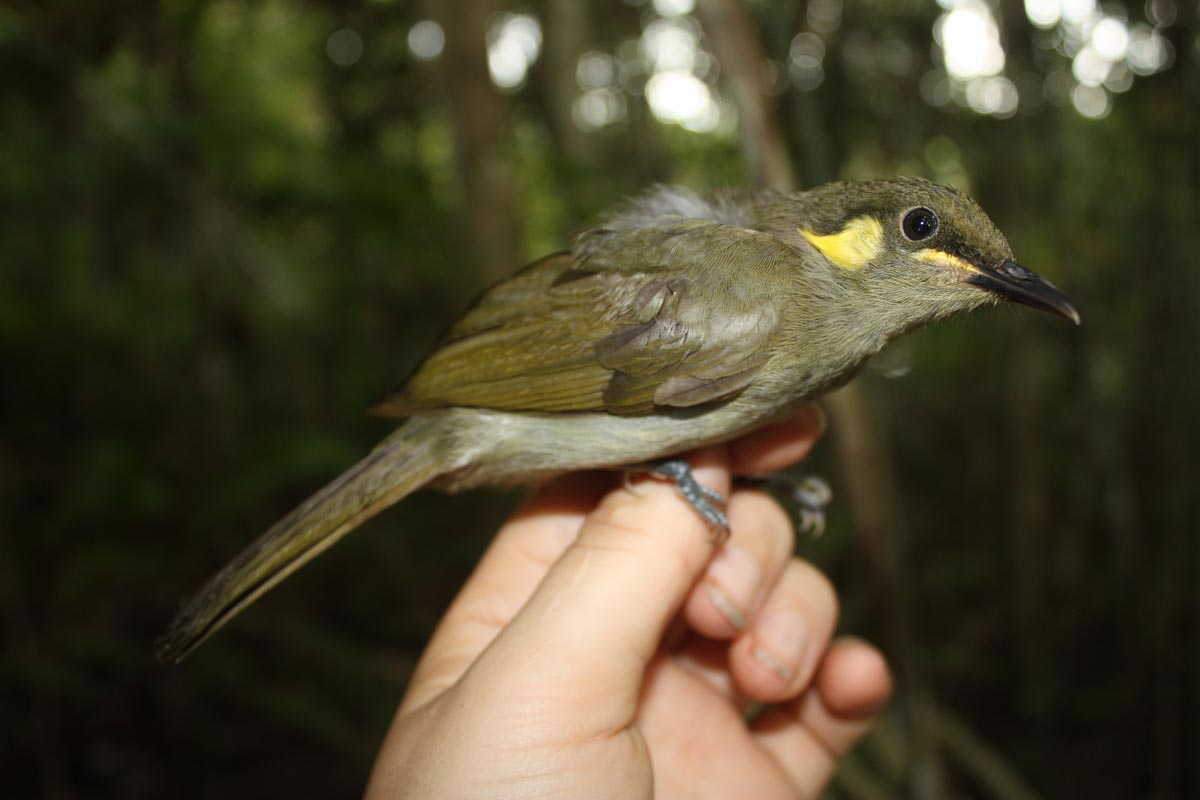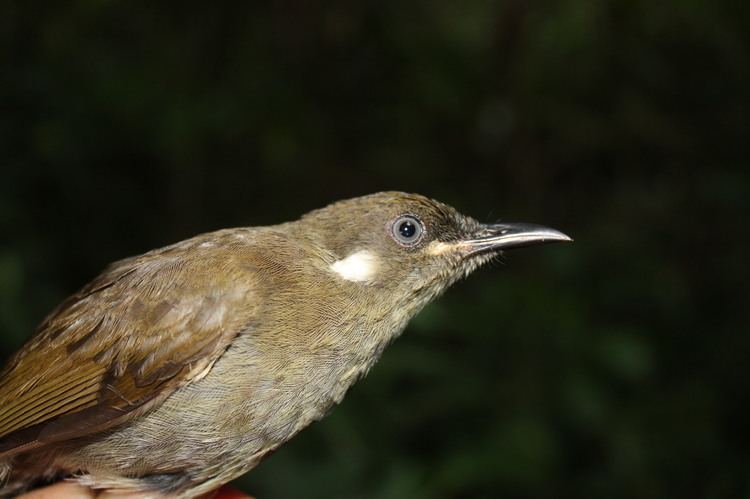The Meliphaga Mimikae Rara: A Unique Honeyeater Of Northern New Guinea
Share
The Meliphaga mimikae rara, commonly known as the Mimika Honeyeater, is a fascinating bird species belonging to the family Meliphagidae within the order Passeriformes. This subspecies, first described by Salomonsen in 1966, is endemic to the lowland regions of the upper Mamberano River in northern New Guinea. This article delves into the characteristics, habitat, behavior, and conservation status of this unique bird, providing insights for birdwatchers and enthusiasts alike.

Taxonomy and Classification
The Meliphaga mimikae rara is classified under the following taxonomic hierarchy:
- Order: Passeriformes
- Family: Meliphagidae
- Suborder: Oscines
- Species: Meliphaga mimikae
- Subspecies: rara
This classification places the Mimika Honeyeater among the diverse group of birds known as honeyeaters, which are primarily nectarivorous and play a crucial role in pollination.
Physical Characteristics
The Mimika Honeyeater is characterized by its striking plumage, which typically features a combination of vibrant colors that help it blend into its lush rainforest habitat. The bird exhibits a medium size, with a slender body and a long, curved bill adapted for extracting nectar from flowers.

Habitat
This subspecies is known to inhabit the lowland rainforests of the upper Mamberano River region in northern New Guinea. The dense foliage and rich biodiversity of this area provide an ideal environment for the Mimika Honeyeater, allowing it to thrive among a variety of flowering plants. The specific habitat requirements of this bird make it vulnerable to habitat destruction, emphasizing the need for conservation efforts in the region.

Diet
As a member of the honeyeater family, the Mimika Honeyeater primarily feeds on nectar from flowers. Its specialized bill allows it to access nectar deep within blossoms, making it an important pollinator in its ecosystem. In addition to nectar, this bird may also consume fruits and insects, providing a balanced diet that supports its energetic lifestyle.

Behavior
The Mimika Honeyeater is known for its active and social behavior. These birds often forage in pairs or small groups, flitting from flower to flower in search of nectar. Their vocalizations are melodious and varied, contributing to the rich soundscape of their rainforest habitat. Observing their interactions can provide birdwatchers with a delightful experience, as they display acrobatic flight patterns while feeding.

Reproduction
The breeding habits of the Mimika Honeyeater are not extensively documented, but like many honeyeaters, they are likely to build cup-shaped nests in the dense foliage of trees. The female typically lays a small clutch of eggs, which she incubates while the male may assist in foraging for food to support her during this period. The young birds are dependent on their parents for food until they are capable of independent foraging.
Conservation Status
The Mimika Honeyeater is currently classified as vulnerable due to its limited range and the ongoing threats to its habitat from deforestation and land conversion for agriculture. Conservation efforts are essential to protect this unique subspecies and its rainforest habitat. Preserving the ecological integrity of the upper Mamberano River region is crucial for the survival of the Mimika Honeyeater and many other species that share its environment.
Birdwatching Tips
For birdwatchers interested in observing the Mimika Honeyeater, the best approach is to visit the lowland rainforests of northern New Guinea, particularly around the upper Mamberano River. Early morning or late afternoon are ideal times for birdwatching, as these birds are most active during these hours. Listening for their distinctive calls and looking for their vibrant plumage among the foliage can enhance the birdwatching experience.
The Meliphaga mimikae rara is a remarkable bird that highlights the rich biodiversity of New Guinea's rainforests. Its unique adaptations and ecological role underscore the importance of conservation efforts in preserving not only this species but also the intricate ecosystems in which it resides. Observing this honeyeater in its natural habitat is a rewarding experience that connects us to the wonders of nature.